COGA Fact Sheet: Industry Safety
Colorado oil and natural gas operators are an integral part of one of the safest industries in the country. Over the past decade, the oil and natural gas industry’s incident rate has decreased by 41 percent, while doubling the size of its workforce and increasing overall production and the number of drilling rigs.
The U.S. Bureau of Labor Statistics found that working in the oil and natural gas industry is on average, safer than the construction and manufacturing industries, hospitality, educational and health services, and even state government.
In 2017, the rate of job-related injuries and illnesses for the oil and natural gas industry was 1.7 per 100 full-time workers compared to a rate of 2.8 for the entire U.S. private sector. Even as the U.S. average occupational incident rate rose to 3.1 in 2018, the oil and natural gas industry rates dropped to 0.8 per 100 full-time workers, and have continued to decline year over year.
Incidence Rates of Occupational Injuries by Industry
The Survey of Occupational Injuries and Illnesses (SOII) presents estimates of counts and incidence rates of employer-reported workplace injuries and illnesses by industry and type of case, as well as detailed estimates of case circumstances and worker characteristics for cases that resulted in days away from work. According to the BLS Report, there were 2.8 million nonfatal workplace injuries and illnesses reported in the United States by private industry employers in 2018, unchanged from 2017.
Industry's Commitment to Safety
Prevention
Operations are intentionally designed to reduce the risk of injury and incident.
Many operations are monitored 24/7 and are designed to automatically shut in remotely, further preventing risk of injuries and incidents.
Anyone who comes on an active site has stop-work authority if they see anything unsafe occurring.
Training
Colorado employees attend regular, mandatory safety training sessions.
Operators conduct spontaneous safety drills in coordination with local responders to ensure everyone has the skills and confidence to effectively
Industry Collaboration
Through innovation, applied learnings and tailoring operations in ways that benefit communities and improve the safety of employees.
Applying best safety practices and train employees on incident prevention.
Serving as a resource to community first responders on incident responses.
Engaging in active campaigns like Colorado811 to educate excavators and the general public on the industry’s underground infrastructure of pipelines to avoid incident and injury.
Additional Resources & Information
American Petroleum Institute (API) | www.api.org
United States Department of Labor (BLS) | www.bls.gov





